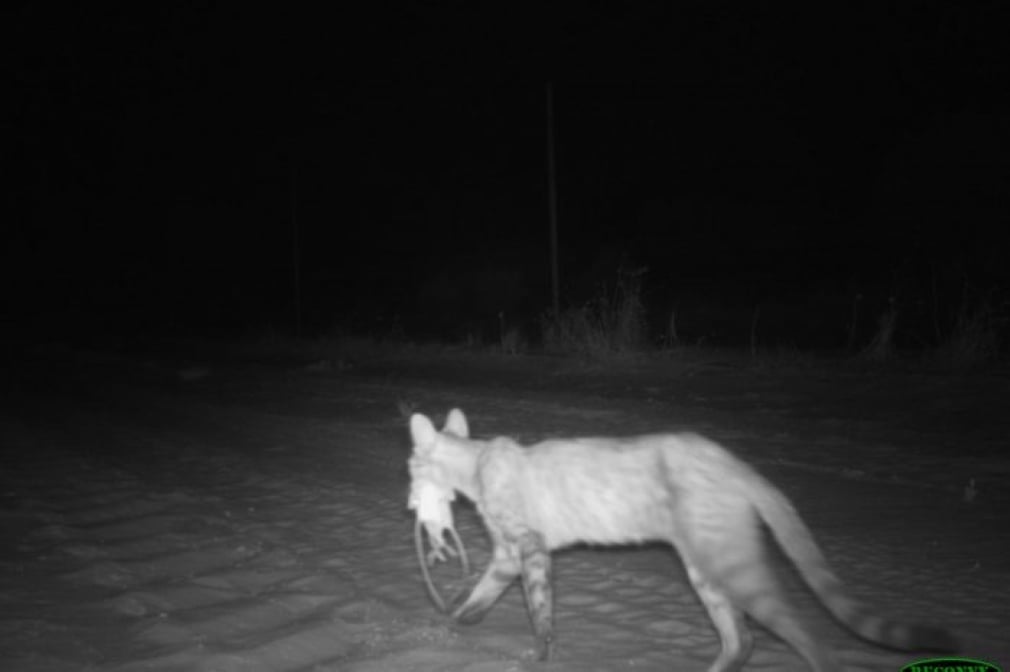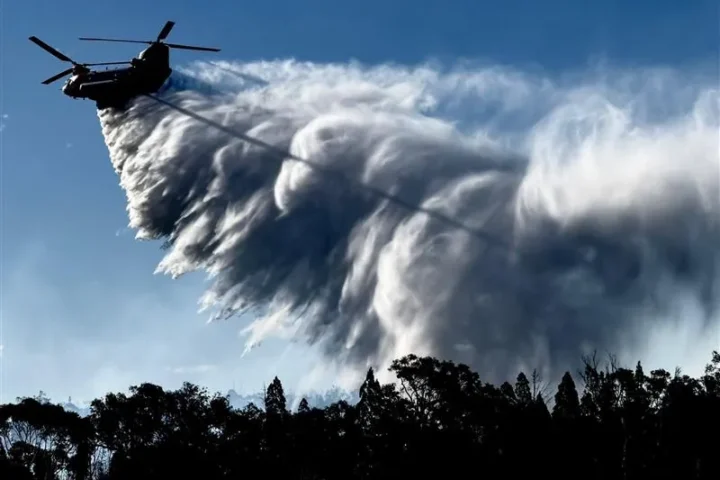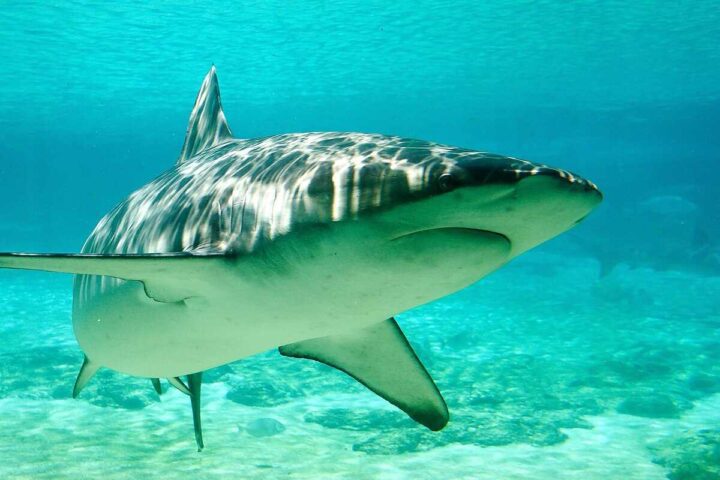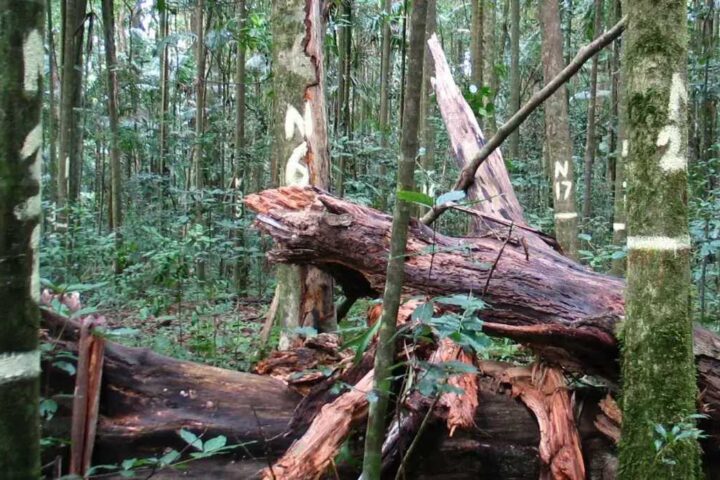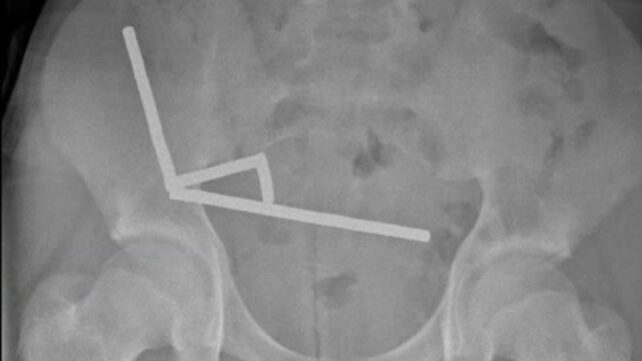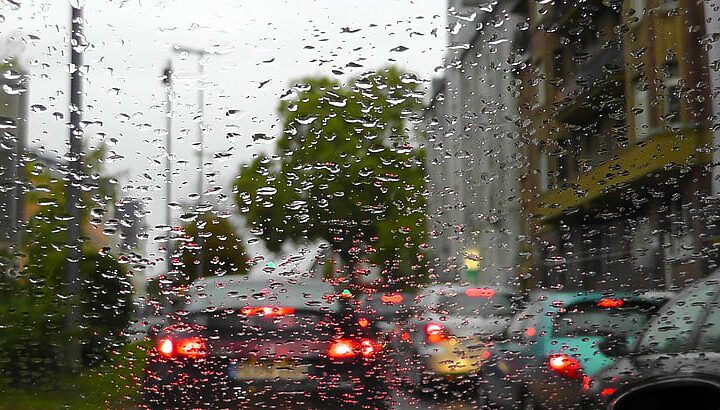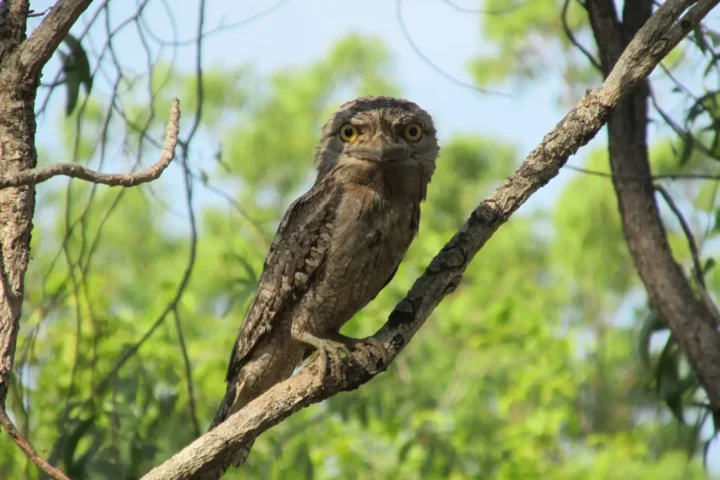A groundbreaking 26-year study has revealed remarkable changes in Australian desert wildlife after removing feral cats and foxes from a protected area. Small mammal populations inside feral-free zones grew up to 33 times larger than those outside, according to research published this week in the scientific journal Proceedings of the Royal Society B.
The study, led by conservation scientists from the University of New South Wales (UNSW), tracked 10 small mammal species at the Arid Recovery Reserve in South Australia from 1998 to 2024. This 12,300-hectare reserve contains six fenced enclosures designed to keep out invasive predators like cats and foxes.
“These are 10 small mammals occurring naturally in the ecosystem, not reintroduced as part of any translocation project,” explained Professor Katherine Moseby, lead author of the study. “These include native rodents like the plains mouse, and small carnivorous marsupials like the charismatic stripe-faced dunnart.”
After removing rabbits, cats, and foxes from the reserve nearly three decades ago, researchers witnessed a fascinating pattern of ecological succession – where different species gradually replace each other over time.
Initially, smaller rodents like Bolam’s mouse and the house mouse were the first to multiply in the predator-free environment. Five to nine years later, larger species including the spinifex hopping mouse and plains mouse saw their numbers surge dramatically.
The spinifex hopping mouse showed the most striking increase, with populations growing up to 33 times higher inside the feral-free areas compared to outside. The biggest differences between protected and unprotected areas appeared after major rainfall events.
“During droughts, small mammal populations decline and shrink back to refuge areas,” Professor Moseby said. “Breeding and population growth after rain allows them to repopulate those areas, but predation from cats and foxes is suppressing this and leading to local extinction.”
What surprised researchers most was that this succession pattern happened solely from removing predators, without any major changes in vegetation. The dynamic shifts occurred due to changes in competition between species and differences in how quickly each species returned to the area.
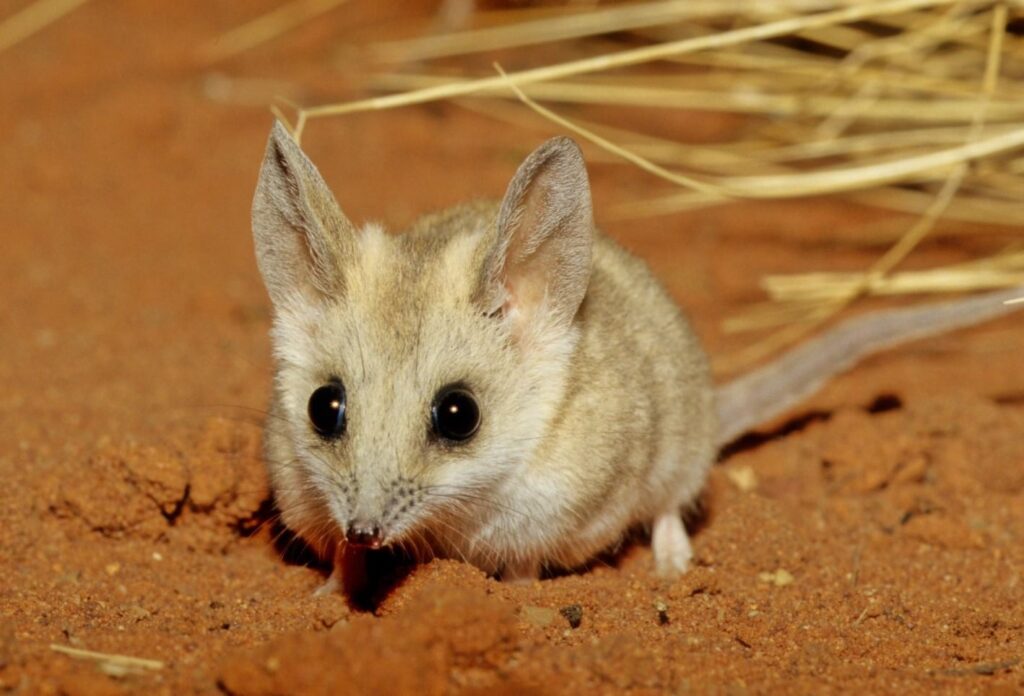
Similar Posts
The study also revealed that mammals began using habitats they weren’t typically found in before. For example, the spinifex hopping mouse, normally found in sand dunes, expanded into clay-based lowlands. Similarly, the plains mouse moved from its typical lowland habitat into sand dune areas.
“We saw this massive increase in abundance once we got rid of the cats and foxes,” Professor Moseby said. “But it wasn’t just about the numbers. We also had animals expanding into different habitats you don’t normally find them in, giving us a bit of an understanding of how these ecosystems might have looked before European arrival.”
These findings carry significant weight considering Australia’s troubling conservation record. The continent accounts for half of all mammal extinctions worldwide in the last 200 years. In the study area alone, 60% of mammal species present before European settlement have disappeared.
“Our desert ecosystems have changed so much since Europeans arrived and brought cats and foxes with them,” Professor Moseby noted. “We need to work hard to restore these desert ecosystems and reduce the impact of feral species.”
The success at Arid Recovery is already inspiring similar projects elsewhere. The NSW National Parks and Wildlife Service is establishing seven new feral predator-free areas, which will triple the size of existing protected zones on national park lands. These projects aim to help at least 50 threatened species recover.
Some previously extinct mammals in NSW, including the greater bilby, numbat, and golden bandicoot, are now thriving in these protected areas after being absent from the wild for over 100 years.
“This 26-year study is some of the strongest evidence we have that removing feral predators lets native wildlife bounce back – and it should be a national wake-up call for our decision makers,” said Imogen Ebsworth, Engagement Director at the Invasive Species Council.
The researchers will continue monitoring mammal populations inside and outside the reserve. They hope their findings will guide future conservation strategies, highlighting that feral predators affect not just animal numbers but also how native species use their habitats and interact with each other.
